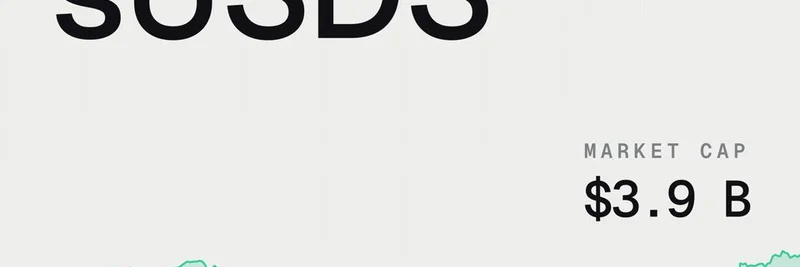The crypto world is buzzing with debates about which blockchain reigns supreme, especially when it comes to proof-of-work (PoW) networks. A recent tweet from BSCNews poses an intriguing question: Is Kaspa better than Bitcoin? It links to a detailed comparative article on BSC News, pitting these two Layer-1 titans against each other. As someone who's navigated the highs and lows of crypto journalism, I see this not just as a tech showdown but as a potential game-changer for meme tokens. Let's break it down in simple terms and see what it means for the fun, viral side of crypto.
First off, what's the fuss about? Bitcoin, launched back in 2009, is the OG of cryptocurrencies. It uses a straightforward linear blockchain where new blocks are added every 10 minutes on average. This design prioritizes security and decentralization, with a hard cap of 21 million coins to keep things scarce. Kaspa, on the other hand, hit the scene in 2021 with a twist: it employs a blockDAG (Directed Acyclic Graph) structure instead of a straight chain. This allows multiple blocks to be processed simultaneously, thanks to its GHOSTDAG protocol. The result? Kaspa can handle up to 10 blocks per second right now, with plans to ramp up to 100 after its Crescendo Hardfork earlier this year.
In the article, the comparison covers key areas like architecture, speed, security, tokenomics, and adoption. For instance, Bitcoin's transaction speed tops out at about 7 transactions per second (TPS), often leading to high fees during busy times. Kaspa blows that away with 3,000–4,000 TPS and confirmations in just 10 seconds. That's like comparing a bicycle to a sports car for getting things done quickly. Both networks had fair launches—no premine or presales—which levels the playing field in terms of community trust.
But here's where it gets exciting for meme token enthusiasts. Kaspa supports the KRC-20 token standard, similar to Ethereum's ERC-20 but built on its high-speed PoW base. This has already spawned a vibrant ecosystem of meme coins like GHOAD (a ghost-toad hybrid), NACHO, KASPER, and KASPY. These tokens thrive on fast, cheap transactions—perfect for the hype-driven trading that meme coins are known for. Imagine minting or swapping a meme token without waiting minutes or paying exorbitant gas fees, which is a common pain point on Bitcoin's network.
Bitcoin isn't without its meme game, though. It has protocols like BRC-20 and Runes that enable token creation, leading to hits like Ordinals-based NFTs and memes. However, Bitcoin relies on Layer-2 solutions like the Lightning Network for speed, which adds complexity. Kaspa delivers that scalability natively at Layer-1, making it potentially more user-friendly for casual traders and creators. Plus, with lower energy use in mining (thanks to its kHeavyHash algorithm) and easier entry for solo miners, Kaspa could attract more grassroots participation in meme token launches.
Of course, Bitcoin has the edge in maturity—it's got a market cap over $2 trillion, institutional backing, and even status as legal tender in some countries. Kaspa's at about $2.3 billion, but its community is growing fast, with listings on major exchanges and support from hardware wallets like Ledger. The article highlights Kaspa's chromatic emission schedule, which smoothly reduces rewards monthly, contrasting Bitcoin's dramatic halvings every four years.
So, is Kaspa better? It depends on what you value. For meme tokens, Kaspa's pros—blazing speed, low fees, and built-in support for tokens like KRC-20—could make it a hotspot for the next wave of viral crypto crazes. We've seen how platforms like Solana exploded with memes due to similar advantages. If Kaspa keeps innovating, especially with upcoming smart contracts and DeFi features, it might just carve out a niche as the go-to PoW chain for fun, accessible tokens.
If you're into meme tokens, keep an eye on Kaspa's ecosystem. Tools like Kas.fyi track KRC-20 tokens, showing a market cap in the millions and thousands of deployments. Whether you're a Bitcoin maximalist or a Kaspa convert, this comparison reminds us that crypto is evolving, and meme tokens could ride the wave of these tech battles.
For more insights on meme tokens and blockchain news, stick with Meme Insider—your hub for the latest in crypto culture.



